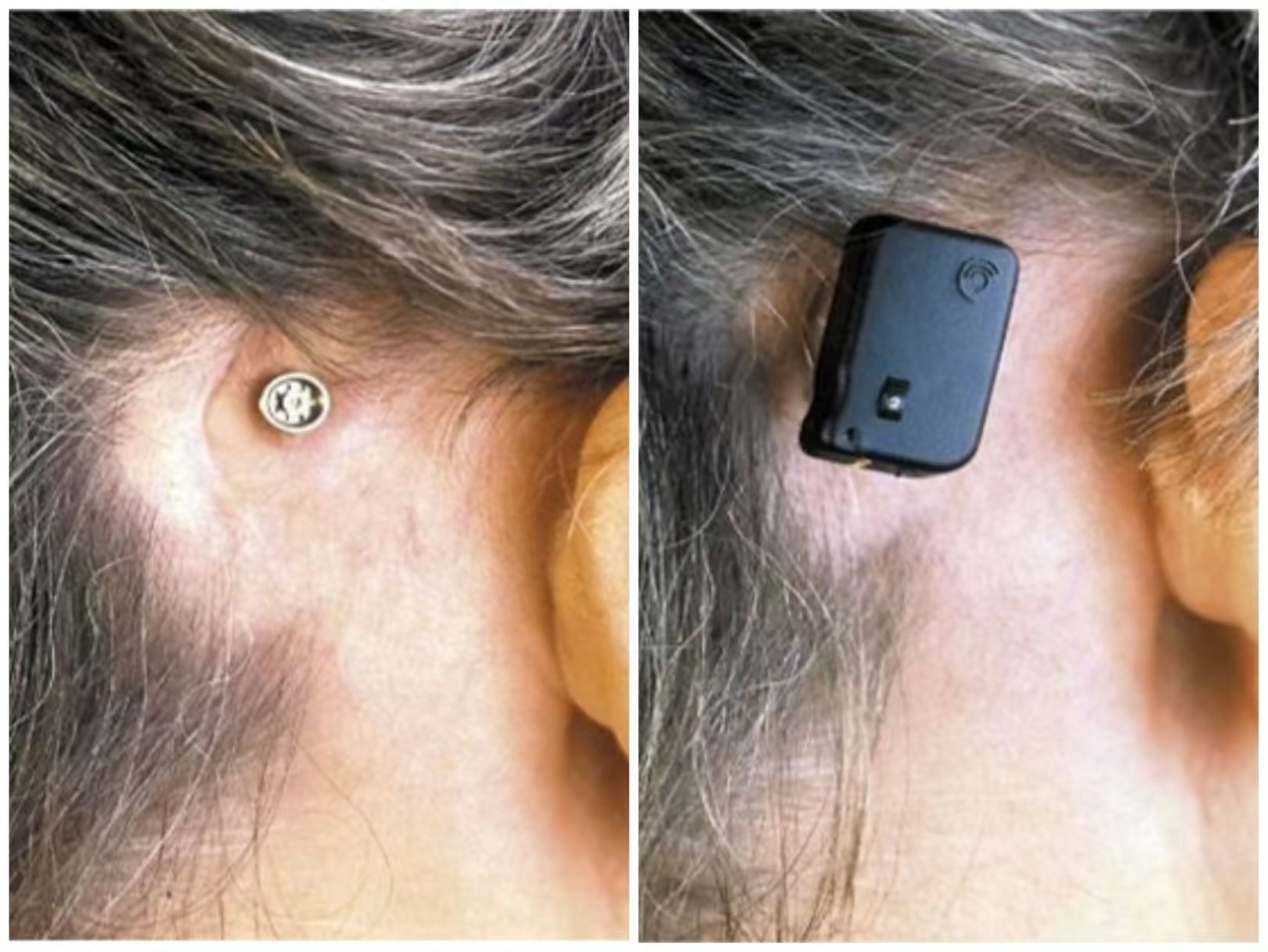What is Aural Atresia?
Aural atresia is condition where a baby is born without an ear canal. The eardrum may not have formed properly or may be missing, and there can also be issues with the middle ear bones (ossibles). However, the inner ear and auditory nerve are usually unaffected. Most babies with aural atresia also have microtia, which is a small or misshapen outer ear.
Aural atresia leads to hearing loss, but with appropriate treatments, most children can experience improved hearing.
Specialty
Signs & symptorns
Aural atresia can occur in one or both ears, but it most commonly affects just one ear. When it affects only one ear, hearing in the other ear is typically normal. Since the ear canal hasn’t formed, there is no opening in the affected ear.
Cholesteatoma
A cholesteatoma is an abnormal growth behind the eardrum, in the middle ear, where small bones transmit sound from the eardrum to the inner ear. As the cholesteatoma grows, it can damage these bones, potentially causing hearing loss if left untreated. When you feel pressure or pain in or behind the ear or ringing in the ear, please go see a doctor as soon as possible.
Unknown
Doctors are not exactly sure why aural atresia occurs, but it is sometimes linked to genetic mutations. In some cases, children with aural atresia may also have a genetic syndrome, such as Treacher Collins syndrome or Goldenhar syndrome.
Diagnosed
If a baby has issues with the formation of their outer ear or fails the newborn hearing screen, doctors will conduct an exam and additional hearing tests to check for other concerns.
Imaging studies, like a CT scan, are typically not performed until the child is closer to 6 years old, as the temporal bone around the ear undergoes significant growth in early childhood.
How is aural atresia treated?
Babies with aural atresia require a care team to ensure they receive the best treatment. This team typically includes:
An otolaryngologist (ENT specialist) to plan treatment and perform surgery
An audiologist (hearing specialist) to address hearing loss
A speech therapist to assist with language development
A pediatric plastic surgeon to reconstruct the ear (if the child has microtia)
A pediatrician to coordinate care and manage any ear infections promptly
A geneticist to help families understand the hereditary aspects of aural atresia
Not every child with aural atresia will require surgery. Treatment depends on the formation of the middle and inner ear and the growth of the temporal bone during early childhood. For most children, a hearing device can significantly improve hearing.
How Do Doctors Trest Hearing Loss in Aural Atresia before they can receive surgical treatment?
It’s important for a baby’s development to treat any hearing loss as soon as possible. Most children with aural atresia have a normal hearing nerve, so they can use a bone conduction device. This device bypasses the missing ear canal and takes sound vibrations directly to the hearing nerve.
On babies, the device usually is attached with an elastic band that goes around the child’s head. As kids grow, other hearing devices can help. Some can be surgically placed in the bone behind the ear or inside the ear.

Treatment
For patients with bilateral atresia, a bone conduction hearing device is definitely needed as early as possible. For those with unilateral atresia, the bone conduction hearing device is optional.
Once the patient reaches 4 years of age, they can come in for an evaluation.
Both surgery and the use of a hearing aid are reasonable options to consider.
Atresia repair surgery is one potential treatment, but it's important to note that the surgery cannot restore hearing to the normal range. It can only bring the hearing closer to normal levels.

